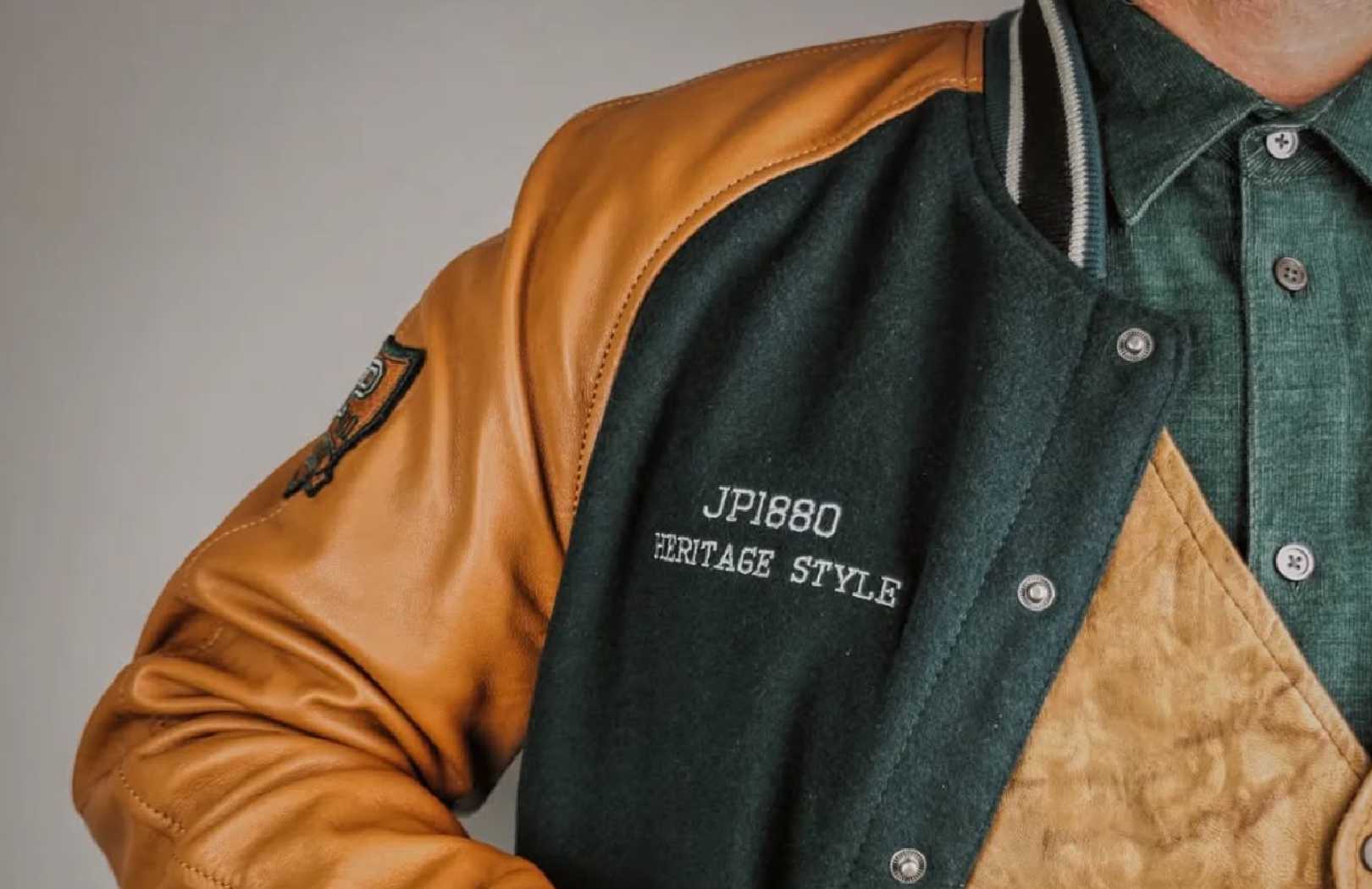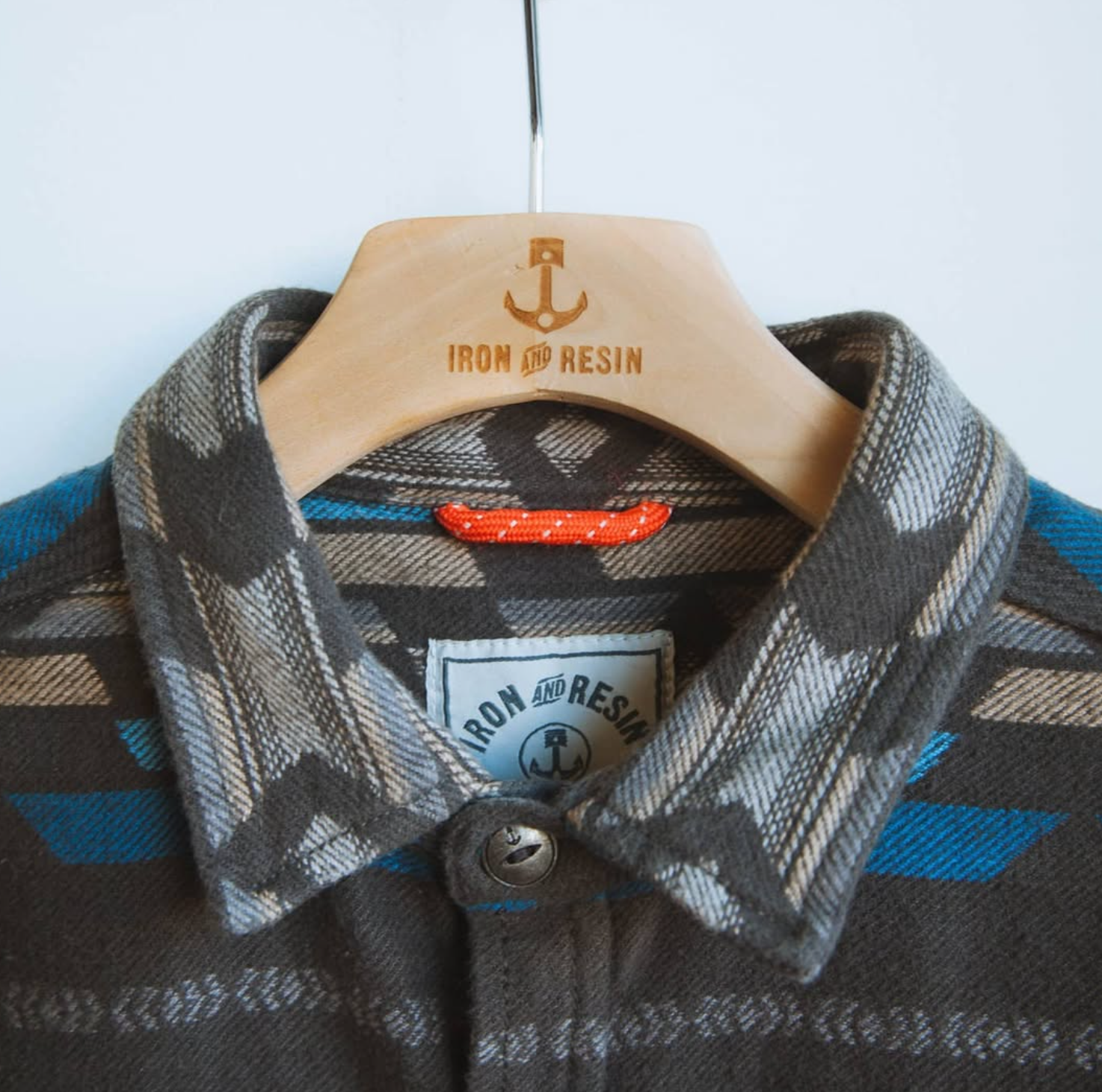Ametora

What happens when Japan decides to do American style better than America itself? You get Ametora, or “American Traditional” – a cultural movement that’s more than just style. It’s a masterclass in taking a beloved classic, obsessing over every detail, and giving it a contemporary twist. Rooted in American Ivy League style, workwear, and denim, Ametora isn’t just a Japanese love letter to vintage America; it’s a redefinition of what it means to do timeless style.
How Japan Fell for American Style
The roots of Ametora began to grow post-WWII, when American GIs brought more than military presence to Japan. They inadvertently introduced an entire aesthetic. American films, magazines, and Ivy League-inspired fashion cast a powerful spell on Japan’s youth. And in the late 1950s and ’60s, this intrigue fully blossomed.
Japanese college students devoured publications like Take Ivy, a now-legendary photo book documenting Ivy League style across east coast campuses. Brands like VAN Jacket, an institution founded by Kensuke Ishizu in 1951, began crafting Ivy-style clothing for Japan’s growing niche of Americana enthusiasts.
Denim became another pivotal piece in this stylistic puzzle. With imported pairs too costly for younger generations, Japanese brands began replicating them. Early denim culture in Japan saw labels painstakingly recreate American originals, setting the stage for what would later become a global phenomenon.
Men’s style magazines like Men’s Club and Popeye became the de facto guides for decoding American dressing. They didn’t just show pictures; they studied the nuances of cuff lengths, shirt collars, and blazer fits, essentially creating a visual bible for Japanese enthusiasts eager to absorb the “rules” of Americana.
Obsession with Perfection
Japan is legendary for its attention to detail, and when it came to Americana, mere emulation wasn’t enough. It had to be better. Enter brands like Kapital, The Real McCoy’s, and Studio D’Artisan, who elevated American classics to artisanal heights.
Take denim, for example. The “Osaka Five” collective (including brands such as Full Count and Denime) took America’s rugged workwear staple and perfected it. From re-engineering vintage looms to replicate the texture of selvedge denim to dyeing techniques that improved the fabric’s fade with time, Japanese artisans turned denim into an art form.
At Kapital, this ethos went even further. Leveraging traditional Japanese techniques like Boro (textile patchwork) and Sashiko (embroidery), they added an unmistakably Japanese identity to what was once a purely American craft. What emerged wasn’t a simple rehash. It was cultural alchemy.
Craftsmanship extended beyond denim too. Military-inspired jackets were tailored with precision. Flannel shirts were made softer, heavier, and more robust. Even the humble Oxford button-down shirt became a canvas for refinement. Each piece reflected not only respect for its heritage but an unwavering desire to improve upon it.
More Than Nostalgia The Ametora Influence Today
Ametora is often perceived as nostalgia-fuelled, but in reality, it’s anything but. Instead, think of it as a living, breathing celebration of classic style with a fiercely contemporary edge.
Global giants like Uniqlo, alongside niche brands like Evisu and WTAPS, owe much of their DNA to Ametora’s philosophy. Even streetwear staples like A Bathing Ape (Bape) and NEIGHBORHOOD tap into military and workwear aesthetics pioneered during those earlier decades.
Interestingly, Japanese-American dialogue in style isn’t a one-way street. The perfectionist approach of Ametora has inspired Western designers and collectors alike. Japanese brands aren’t simply exporting nostalgia; they’re exporting a reverence for detail and attitude that reshapes how we all approach timeless style.
Menswear today wears its Japanese influence proudly, from heritage-inspired raw denim to chore jackets with better fits, stitching, and materials. The Japanese lens doesn’t just magnify the beauty of American design; it reframes it, proving that classic never goes out of style, provided it evolves.





